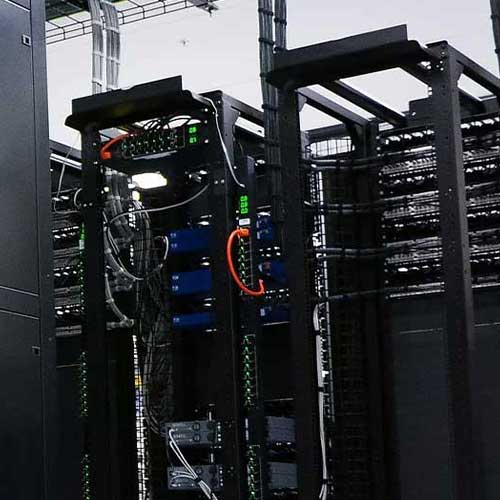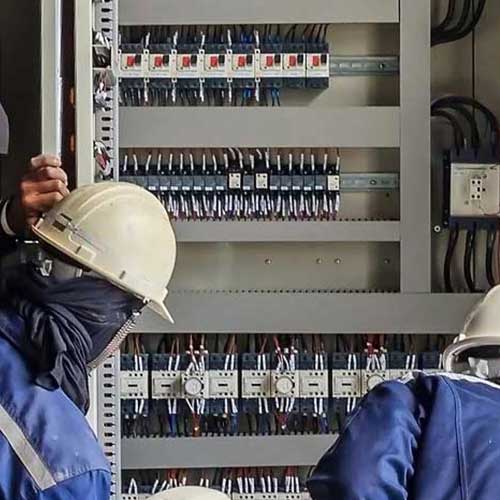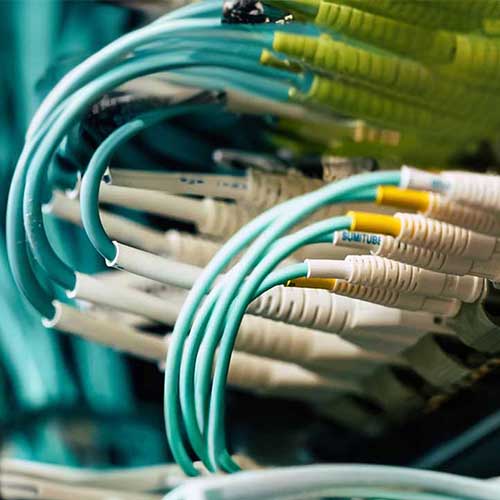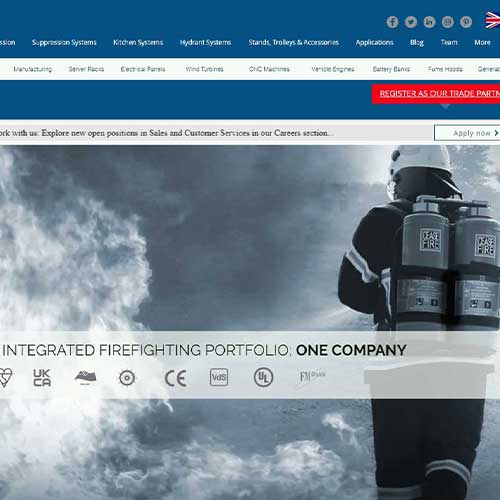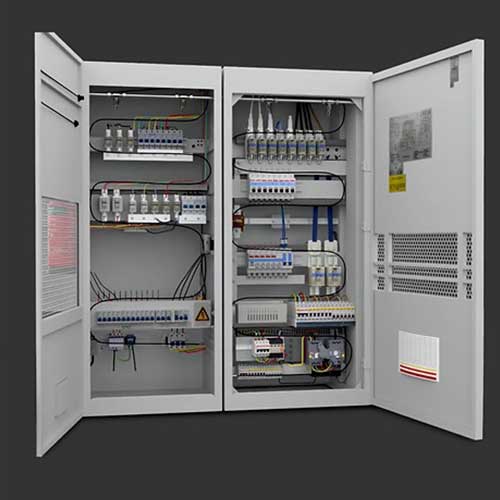Ceasefire: Manufacturers — NPHS-UK: Installers
Get a Quote
Get Your Quote
If you have any questions about fire suppression in the commercial kitchen, do not hesitate to contact us direct.
NPHS-UK are are the leading installers of effective Fire Suppression Systems throughout the UK.

Gaseous fire suppression is a method of extinguishing fires using inert gases or chemical agents. These systems work by either displacing the oxygen required for combustion or inhibiting the chemical reaction at the molecular level. Here’s a detailed look at how these systems operate and their types:
How Gaseous Fire Suppression Works
Types of Gaseous Fire Suppression Systems
Applications of Gaseous Fire Suppression
Advantages of Gaseous Fire Suppression
Disadvantages
Gaseous fire suppression systems are critical in protecting valuable assets and ensuring business continuity in environments where traditional fire suppression methods may cause damage or be ineffective.
Perfect for protecting commercial kitchens…

Table: Key Components and Functions of Gaseous Fire Suppression Systems
| Component | Function |
| Detection System | Detects the presence of fire (heat, smoke, or flame) and triggers the release of the suppression agent. |
| Control Panel | Receives signals from detectors and activates the suppression system. |
| Storage Cylinders | Hold the gaseous suppression agent under pressure. |
| Discharge Nozzles | Distribute the suppression agent evenly throughout the protected area. |
| Pipe Network | Connects the storage cylinders to the discharge nozzles. |
| Manual Release Stations | Allow for manual activation of the system in case of an emergency. |
How a Gaseous Fire Suppression Works
The following chart outlines the sequence of events in a gaseous fire suppression system from detection to suppression.
Example of Gases Used in Suppression Systems
| Gas Type | Description |
| FM-200 (HFC-227ea) | Extinguishes fire by absorbing heat. Suitable for occupied areas. |
| Inergen (IG-541) | A blend of nitrogen, argon, and CO2. Reduces oxygen levels to suppress fire without harming people. |
| CO2 | Displaces oxygen to extinguish the fire. Highly effective but can be dangerous to people. |
| Novec 1230 | Extinguishes fire by heat absorption. Environmentally friendly and safe for occupied spaces. |
How the Gases Work
By understanding the components and processes involved, we can appreciate the efficiency and effectiveness of gaseous fire suppression systems in protecting valuable assets and ensuring safety.
If you have any questions about fire suppression systems in the home, residential or commercial sector, do not hesitate to contact us direct.
Scroll through our supporting articles:

